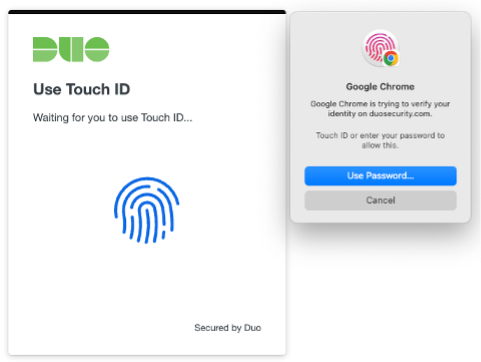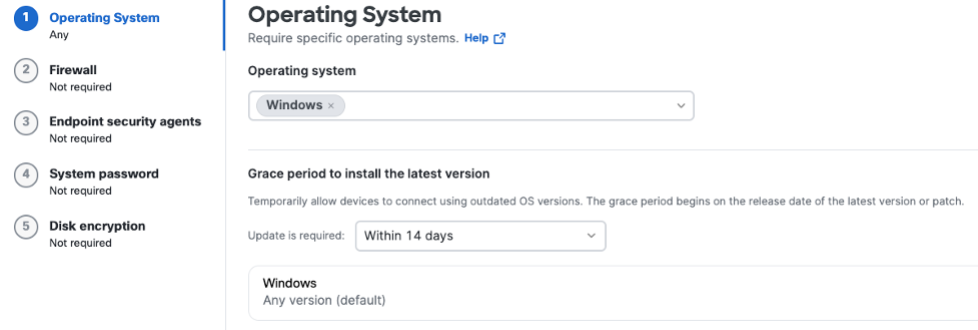In the ever-changing landscape of cybersecurity, the concept of Zero Trust has emerged as a crucial defense against sophisticated threats. Cisco offers a powerful combination of Cisco Duo Security and Cisco Secure Access Solution, providing organizations with a robust framework to strengthen their Zero Trust strategy. This article explores the seamless integration of these solutions, offering Cisco and IT managers a comprehensive guide to enhancing security within their digital ecosystems.
 The Imperative of Zero Trust
The Imperative of Zero Trust
With remote work, cloud adoption, and relentless cyberattacks, traditional security models struggle to keep up with evolving threats. The Zero Trust paradigm challenges the notion of inherent trust in users and devices, emphasizing continuous verification and granting access based on the principle of least privilege. Cisco Duo Security and Cisco Secure Access Solution serve as the pillars for implementing this approach.
Cisco Duo Security: Elevating Authentication
Authentication plays a critical role in the Zero Trust model, acting as the gateway to access. Cisco Duo Security enhances this layer with a sophisticated multi-factor authentication (MFA) framework. By requiring users to provide multiple forms of identity verification, Duo Security prevents unauthorized access, even in the event of a password breach. With features like Verified-push notifications and Passwordless authentication, Cisco Duo Security ensures security without hindering user productivity.
 Cisco Secure Access Solution: Orchestrating Zero Trust
Cisco Secure Access Solution: Orchestrating Zero Trust
Working in tandem with Cisco Duo Security, the Cisco Secure Access Solution acts as a central hub for Zero Trust implementation. This comprehensive solution unites various security functions, including network, application, and endpoint security, into a cohesive framework. By intelligently orchestrating access policies, the Cisco Secure Access Solution mitigates risks through real-time monitoring and contextual awareness. For instance, if an employee attempts access from an unfamiliar location, additional authentication layers can be triggered to safeguard sensitive data.
The Power of Integration
The integration of Cisco Duo Security and Cisco Secure Access Solution empowers organizations to establish a robust and dynamic Zero Trust environment. Here are the key benefits:
- Enhanced Identity Verification: By combining MFA from Duo Security with contextual insights from Cisco Secure Access Solution, access is granted only to verified users, irrespective of their location.
- Real-Time Policy Adaptation: Leveraging contextual factors such as device health and user behavior, policies are dynamically adjusted in real-time. This adaptive approach strengthens security while preserving a seamless user experience.
- Risk-Based Authentication: Anomaly detection enables proactive evaluation of access risks, triggering step-up authentication as necessary. This helps prevent potential breaches by adding additional verification layers when anomalous behavior is detected.
- Unified User Experience: The integration maintains user-friendly authentication methods, facilitating smooth adoption and minimizing disruption across the organization.
- Comprehensive Visibility: Gain valuable insights into user activities and access patterns, enabling swift detection of anomalies or potential threats.
Implementing the Integration
To implement the integration effectively, follow these steps:
- Assessment: Conduct a thorough evaluation of your organization’s security landscape, identifying gaps and opportunities for integration.
- Deployment: Roll out Cisco Duo SSO and integrate them with your existing authentication identity sources such as an on-premise active directory or Cloud IDP.
- Policy Definition: Define access policies within the Cisco Secure Access Solution, leveraging insights from Cisco Duo Security.
- Configuration: Configure the integration between Cisco Duo Security and Cisco Secure Access Solution, using SAML2.0
- Testing and Optimization: Rigorously test the integrated solution across various scenarios to ensure alignment with security and user experience requirements.
- Continuous Vigilance: Implement continuous monitoring to promptly detect and respond to security incidents or abnormalities.
In Conclusion
As the threat landscape continues to evolve and user environments become increasingly complex, integrating Cisco Duo Security with Cisco Secure Access Solution offers a powerful solution for fortifying the Zero Trust framework. This integration empowers Cisco and IT managers to establish a dynamic security posture, where access is rigorously verified and risk is effectively managed. By embracing this convergence, organizations pave the way for an agile, resilient, and adaptive security approach in today’s interconnected digital realm.
We’d love to hear what you think. Ask a Question, Comment Below, and Stay Connected with Cisco Secure on social!
Cisco Secure Social Channels
Instagram
Facebook
Twitter
LinkedIn



CONNECT WITH US